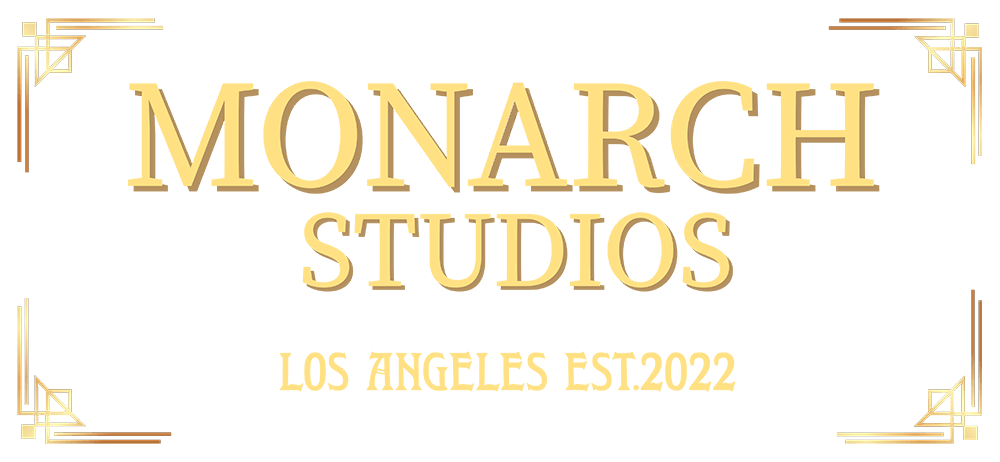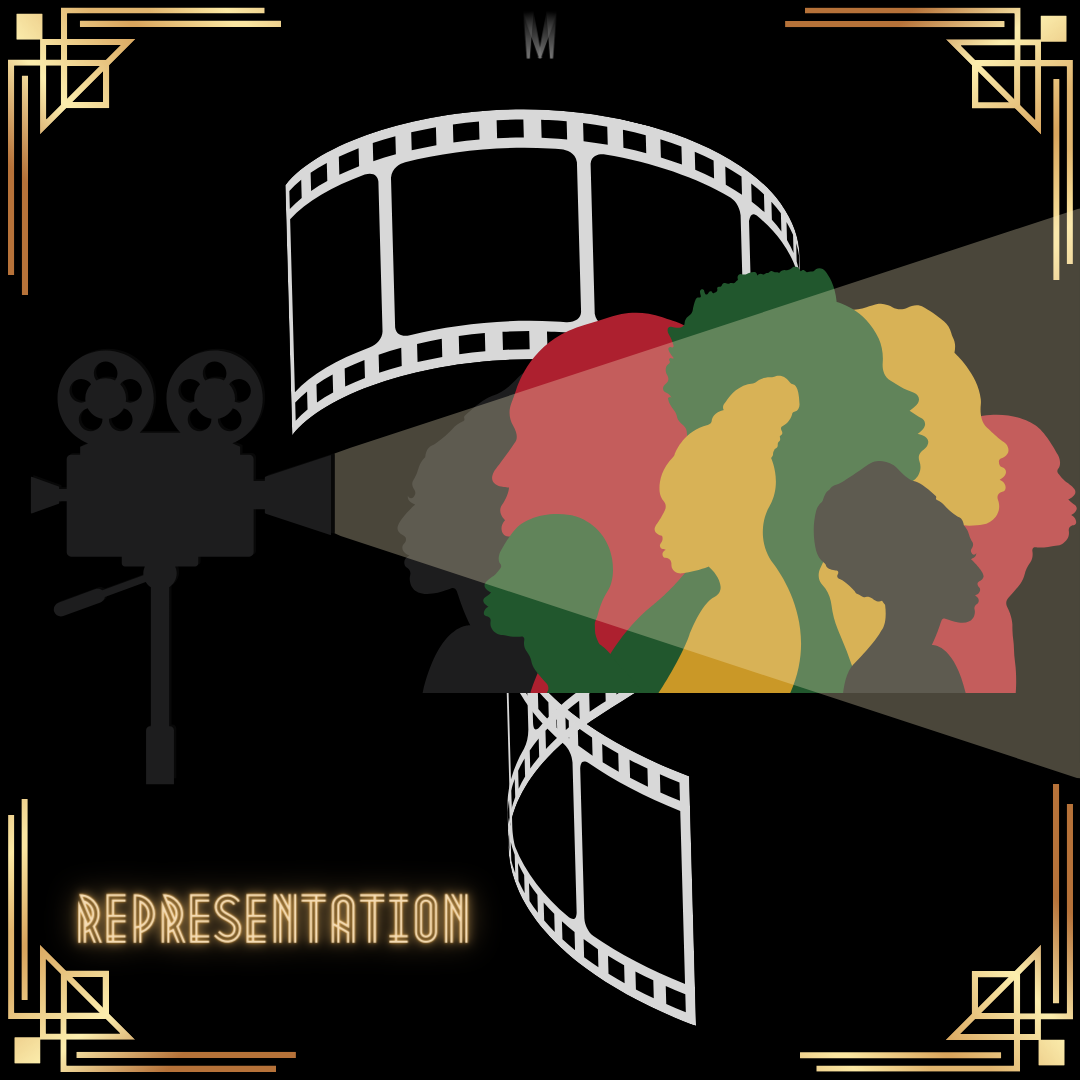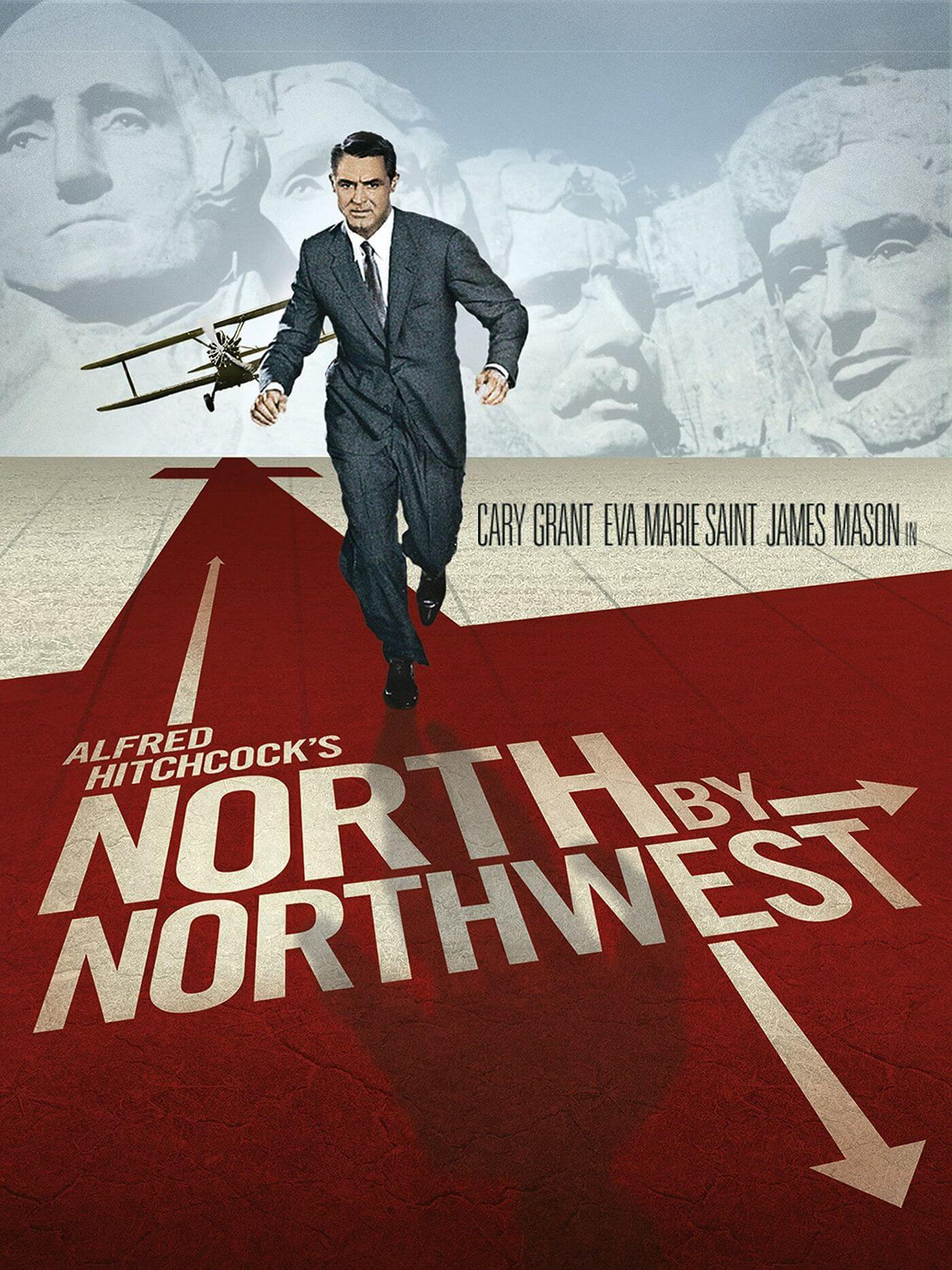In contemporary cinema, the theme of representation has gained prominence in recent times. Filmmakers now recognize the importance of showcasing a diverse range of characters from various backgrounds, cultures, and identities. This shift towards inclusive storytelling allows audiences to see themselves reflected on screen in ways that were previously lacking.
By presenting a broad spectrum of experiences and viewpoints, modern cinema has the power to challenge stereotypes, break down barriers, and foster empathy and understanding among viewers. Through inclusive representation, we can truly embrace the diversity and complexities of our world.
Advocating for authentic and diverse narratives in cinema requires filmmakers to engage with and learn from individuals belonging to marginalized communities to ensure their voices are accurately represented. Ultimately, modern cinema’s approach to representation goes beyond entertainment, aiming to create a more inclusive and equitable society for all.
In today’s cinema landscape, there is a strong emphasis on diversity in casting. Filmmakers strive to authentically portray the multitude of cultures, ethnicities, and backgrounds that exist in our world. By incorporating diversity in casting choices, films can reflect the true diversity of society and appeal to a wider audience. This shift towards inclusive casting not only challenges stereotypes and conventions but also provides opportunities for talented actors from diverse backgrounds to showcase their abilities. Embracing diversity in casting is not a passing trend; it is a crucial step toward promoting genuine and impactful storytelling in cinema.
Filmmakers are increasingly recognizing the importance of representing diverse ethnicities, genders, and cultures on screen. This move towards inclusivity and diversity in the film represents a positive step towards a more authentic portrayal of society. By showcasing a wide range of ethnicities, genders, and cultures on screen, filmmakers not only mirror the true diversity of our world but also offer audiences the chance to see themselves in various narratives. This can cultivate empathy, understanding, and appreciation for the diverse spectrum of human experiences. As this trend continues, we can look forward to a film industry that is more vibrant and inclusive, celebrating both the uniqueness and commonalities of individuals.
The shift towards more inclusive storytelling has enriched the cinematic experience for audiences. Characters from diverse backgrounds and cultures are now depicted on screen, allowing viewers to connect with the stories being told. This not only fosters a sense of representation and inclusivity but also introduces fresh perspectives and insights into different lives and experiences. Consequently, cinema has become more dynamic and engaging, encouraging audiences to explore a wider range of narratives and characters. Embracing inclusivity in storytelling has transformed how stories are conveyed and received, enhancing the film industry and resonating with viewers worldwide.
Actors from underrepresented backgrounds are seizing the opportunity to showcase their talents and share their stories on a global scale. This shift towards greater inclusivity and diversity in the entertainment industry has unlocked opportunities for new perspectives and narratives that were previously overlooked. By bringing their unique experiences and voices to the forefront, these actors are enriching the stories being told and inspiring future generations to see themselves reflected on screen. Embracing and honoring the diversity of voices in storytelling is shaping a more vibrant and inclusive cultural landscape that mirrors the diverse world we inhabit.
The push for increased representation in film reflects society’s growing recognition of the importance of diversity and equality in all aspects of life. This progression towards greater representation in cinema not only underscores the significance of inclusivity and equal opportunities but also signifies a move towards a more inclusive and accepting society. By presenting a diverse range of voices, stories, and perspectives on the big screen, filmmakers have the power to spark change, challenge stereotypes, and promote empathy among viewers. As we continue to advocate for diversity in cinema, we take a significant step toward building a more inclusive and equitable world for all.
Monarch Studios provides a welcoming and inclusive space for your next project. Our commitment to diversity and representation ensures that everyone’s unique voice is heard and celebrated. With versatile facilities and a dedicated team, we strive to create an environment where creativity can flourish and every individual feels valued. Come join us at Monarch Studios and let your vision come to life in a space that embraces and uplifts all voices.





